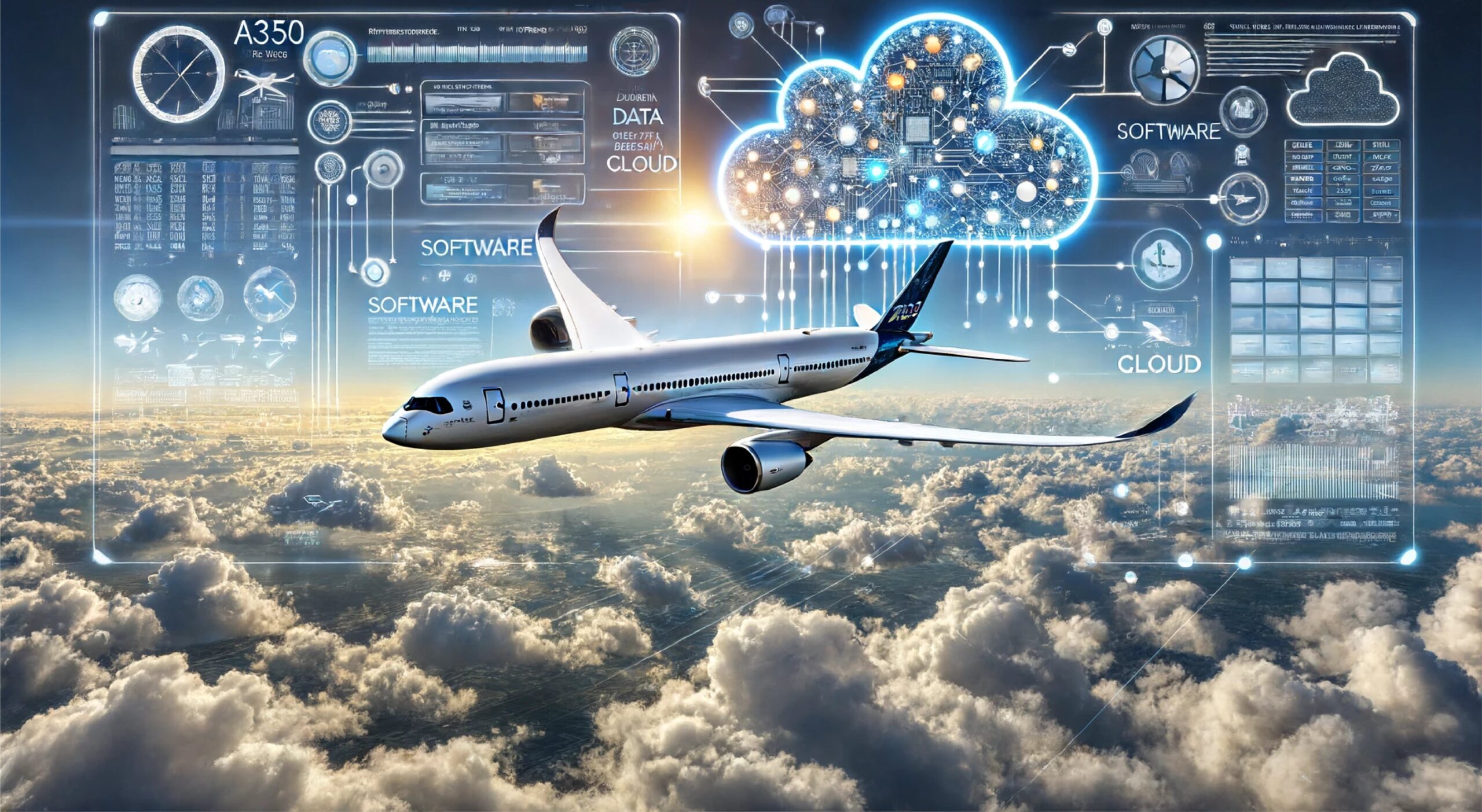The world of aviation is on the brink of a significant transformation, thanks to the innovative power of AI-based diagnostics in aircraft. This groundbreaking technology not only promises to enhance safety but also optimizes maintenance operations across the globe. As the aviation industry continues to grow, the demand for efficient and reliable solutions becomes paramount. The introduction of artificial intelligence in aircraft diagnostics is a game-changer, offering unprecedented accuracy and efficiency.

How AI-Based Diagnostics Enhance Aircraft Safety
One of the most crucial aspects of aviation is safety. The integration of AI-based diagnostics ensures that aircraft systems are constantly monitored, identifying potential issues before they become serious problems. This proactive approach significantly reduces the risk of accidents, ensuring safer skies for everyone.
Real-Time Monitoring and Predictive Maintenance
With AI, real-time monitoring of aircraft systems becomes a reality. Sensors placed throughout the aircraft collect data continuously, which is then analyzed by AI algorithms. This data-driven approach allows for predictive maintenance, where potential failures are anticipated and addressed before they can affect aircraft performance. For further insights into how software plays a role in this process, visit Avionics Software Lifecycle.
Reduction in Human Error
Human error is a significant factor in aviation incidents. By implementing AI-based systems, the potential for human mistakes is drastically reduced. AI can process vast amounts of data with precision, identifying patterns and anomalies that may be missed by human eyes.
The Impact of AI on Aircraft Maintenance Operations
AI-based diagnostics have revolutionized aircraft maintenance, making it more efficient and cost-effective. By adopting AI technologies, airlines can ensure that their fleets are in optimal condition, minimizing downtime and maximizing operational efficiency.
Efficient Resource Allocation
AI systems analyze data from multiple aircraft simultaneously, providing insights into which aircraft require immediate attention. This allows maintenance teams to allocate resources effectively, focusing on aircraft that need it the most. For a deeper understanding of how data logging supports this process, explore Aerospace Data Logging.
Cost Savings Through Predictive Analytics
By predicting when parts will fail, airlines can reduce unnecessary maintenance costs. AI can accurately forecast when a component will need replacement, allowing for just-in-time maintenance. This not only saves money but also reduces the environmental impact of excessive part replacements.
Challenges and Future Prospects of AI in Aviation
While the benefits of AI-based diagnostics are immense, there are challenges to overcome. Data security, system integration, and regulatory compliance are areas that require careful consideration. However, the future prospects of AI in aviation are promising, with continuous advancements in technology.
Data Security and Privacy
As AI systems collect and process vast amounts of data, ensuring the security and privacy of this information is crucial. The aviation industry must implement robust cybersecurity measures to protect sensitive data from potential threats.
System Integration
Integrating AI systems with existing aircraft infrastructure can be complex. Airlines need to invest in upgrading their systems to accommodate AI technologies, ensuring seamless operation and compatibility. For insights into the development cycle of aerospace electronics, check out Aerospace Electronics Development.
The Role of AI in Future Aircraft Design
AI is not only changing how aircraft are maintained but also influencing their design. Future aircraft will likely incorporate AI systems from the ground up, optimizing every aspect of their operation. This will lead to more efficient, safer, and environmentally friendly aircraft.
Optimizing Aerodynamics
AI can analyze aerodynamic data in real-time, allowing for design adjustments that optimize fuel efficiency and reduce emissions. This contributes to more sustainable aviation practices, aligning with global efforts to combat climate change.
Enhancing Passenger Experience
AI technologies can also enhance the passenger experience, offering personalized services and improving in-flight comfort. From AI-powered virtual assistants to predictive maintenance ensuring smooth flights, the possibilities are endless.
Conclusion
The integration of AI-based diagnostics in aircraft is revolutionizing the aviation industry. By enhancing safety, optimizing maintenance, and influencing future aircraft design, AI is paving the way for a new era of aviation. As technology continues to evolve, the potential for AI to further transform the industry is limitless. For more information on the role of aerospace electronics, visit Teledyne Aerospace Electronics.

FAQs
What is AI-based diagnostics in aircraft?
AI-based diagnostics in aircraft involves using artificial intelligence to monitor and analyze aircraft systems, enhancing safety and optimizing maintenance operations.
How does AI improve aircraft safety?
AI improves aircraft safety by providing real-time monitoring and predictive maintenance, reducing the risk of failures and enhancing overall aviation safety.
What are the challenges of implementing AI in aviation?
Challenges include data security, system integration, and regulatory compliance, which must be addressed to fully harness the benefits of AI in aviation.


